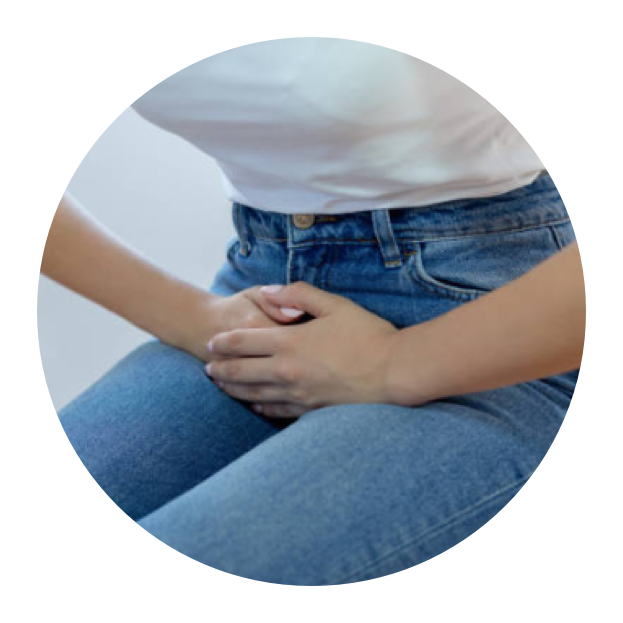How is it treated?
Most people will have tried pelvic floor exercises like the ones you do after childbirth before they get a surgical opinion. These may help with early stress leakage but with over time they appear to be less effective especially where the leakage is a big problem.
There are 3 types of surgical approaches.
- Vaginal surgery. This traditional approach which is still commonly performed has been shown to be ineffective with success rates of often less than 50%. It is this type of surgery that has given incontinence surgery a bad name in the community because the leakage often returns.
- Mesh tapes. These can be inserted under the urethra to support it as a minimally invasive operation with good results achieving success in around 90% of cases. The only problem is the long term success rate is not known and the mesh is a foreign body which can occasionally ulcerate into the vagina, the bladder or the urethra itself.
- Burch Colposuspension. This operation using the keyhole or Laparoscopic approach achieves excellent success rates.
Back in 1961 this was first described as an abdominal operation with a bikini cut with excellent results achieving success rates of at least 90% without using mesh. Unfortunately, The problem was that the Caesarean type scar was a major operation and it involved pain and a long recovery.
In 1992, the surgeons at SWEC performed this operation for the first time in Australia using the keyhole or Laparoscopic approach and have duplicated the results of the open operation, with the benefits of much less pain and a much faster recovery time.
SWEC have now performed over 1500 of these keyhole operations with excellent success rates which have been published. As a result, We believe the Burch Colposuspension method using the keyhole or Laparoscopic approach is still the gold standard operation because we have nearly 50 years experience with the method and 17 years experience with the keyhole approach which allows most SWEC patients to go home on the 2nd postoperative day and be back to normal around the house and back to work in 1-2 weeks respectively. It is also worth pointing out that many women with heavy or painful periods have a keyhole hysterectomy at the same time with no extra recovery.
